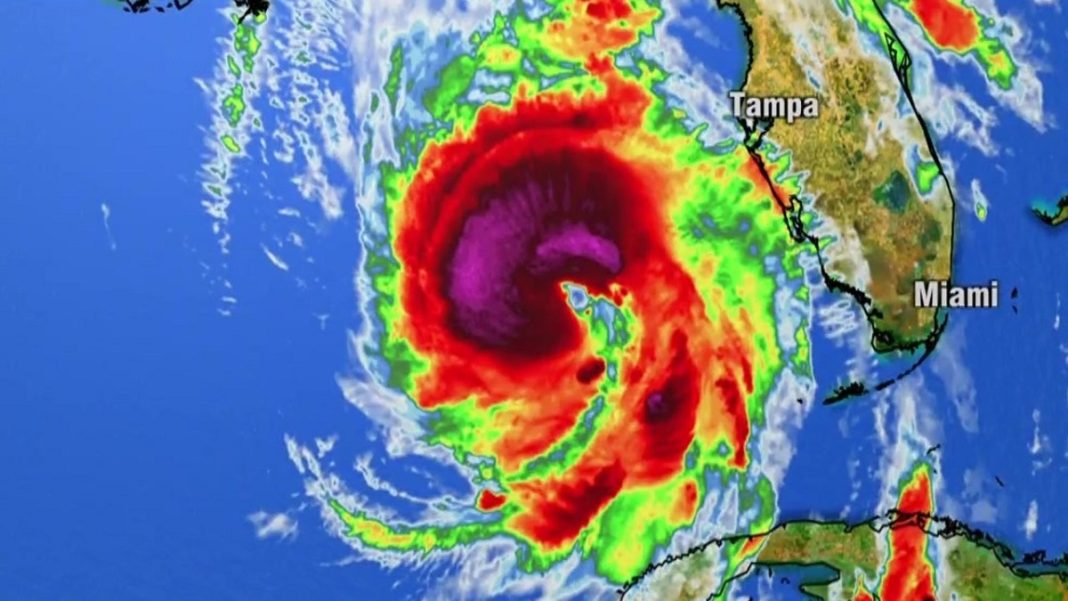As the Federal Reserve embarks on a new chapter of interest rate cuts, many economists are cautiously optimistic about the potential recovery in the job market. Bill Adams, the chief economist for Comerica Bank, articulates a hopeful outlook, stating that these cuts are likely to “fuel a recovery of job growth.” This sentiment comes at a time when the labor market is exhibiting signs of both resilience and fragility.
Recent data from the Department of Labor reveals that initial jobless claims have dropped significantly, declining by 4,000 to settle at 218,000 for the week ending September 21. This figure is noteworthy as it marks the lowest level of claims in nearly four months, falling below the consensus estimate of 225,000. However, while initial claims have trended lower since peaking at an 11-month high in July, they still remain above levels seen earlier in the year. This juxtaposition hints at a labor market softening, raising concerns about the underlying health of employment opportunities.
Compounding this complexity, continuing jobless claims rose to 1.834 million for the week ending September 14, an increase from the revised 1.821 million. This trend suggests that while fewer workers are being laid off, those who do lose their jobs are facing challenges in securing new employment—a critical indicator of labor market health. Adams notes, “Initial jobless claims are very low, but continued jobless claims have risen notably over the last two years.” The implication here is clear: while layoffs may be less frequent, the struggle to re-enter the workforce is becoming more pronounced.
Moreover, the Bureau of Labor Statistics’ recent Job Openings and Labor Turnover Summary (JOLTS) indicates that both hiring and layoffs have remained relatively stable in July. This static environment is further echoed by Challenger, Gray & Christmas, which reported nearly 537,000 layoffs announced by U.S.-based companies in the first eight months of 2024—a decrease of nearly 4 percent compared to the previous year. However, the slowing pace of new hires, which has dropped to its lowest level since 2005, illuminates a cautious approach from employers in the face of rising operational costs and potential economic downturns.
In this intricate landscape, job seekers are feeling the pinch. According to RedBalloon’s latest Freedom Economy Index, a staggering 63 percent of job hunters reported that finding employment has become “much more” or “somewhat more” difficult over the past six months. The increase in job seekers—28.4 percent in July compared to 19.4 percent the previous year—complicates the scenario further, highlighting the struggle between the available positions and those vying for them.
Consumer confidence, another barometer of economic health, has taken a hit as well. The Conference Board’s Consumer Confidence Index has seen a downturn, attributed primarily to growing anxieties about the labor market. Dana M. Peterson, the chief economist at The Conference Board, observes, “The deterioration across the Index’s main components likely reflected consumers’ concerns about the labor market and reactions to fewer hours, slower payroll increases, and fewer job openings.” This decline in confidence can create a self-fulfilling prophecy, where reduced consumer spending exacerbates economic challenges.
Interestingly, the recent uptick in unemployment to 4.3 percent—triggering a recession indicator known as the Sahm rule—has not deterred all economists. Many attribute this fluctuation to an increase in labor supply rather than an outright weakening of the job market. Adams suggests that the rise in unemployment may be linked to slower hiring and an influx of recent immigrants who are taking longer to find work than their longer-established counterparts.
As we look ahead, the September jobs report, set to be released on October 4, is poised to provide further insights. Early forecasts suggest an addition of 130,000 new jobs, with unemployment possibly inching back up to 4.3 percent. Amidst this uncertainty, Andrew Crapuchettes, CEO of RedBalloon, expresses a cautious optimism, saying, “The labor market has definitely been deteriorating over the past year, but there are also signs that things may be ready to turn around in a major way.” This optimism is particularly pertinent as small-business owners may soon feel the pressure to resume hiring as economic conditions improve.
With the Federal Reserve having recently cut interest rates for the first time in more than four years, the implications are significant. Adams asserts that these lower rates will not only stabilize the unemployment rate but may also pave the way for renewed job growth by 2025. As we navigate this period of uncertainty, it’s clear that while challenges remain, the interplay of economic policies and market dynamics will be crucial in shaping the future of the labor market.

